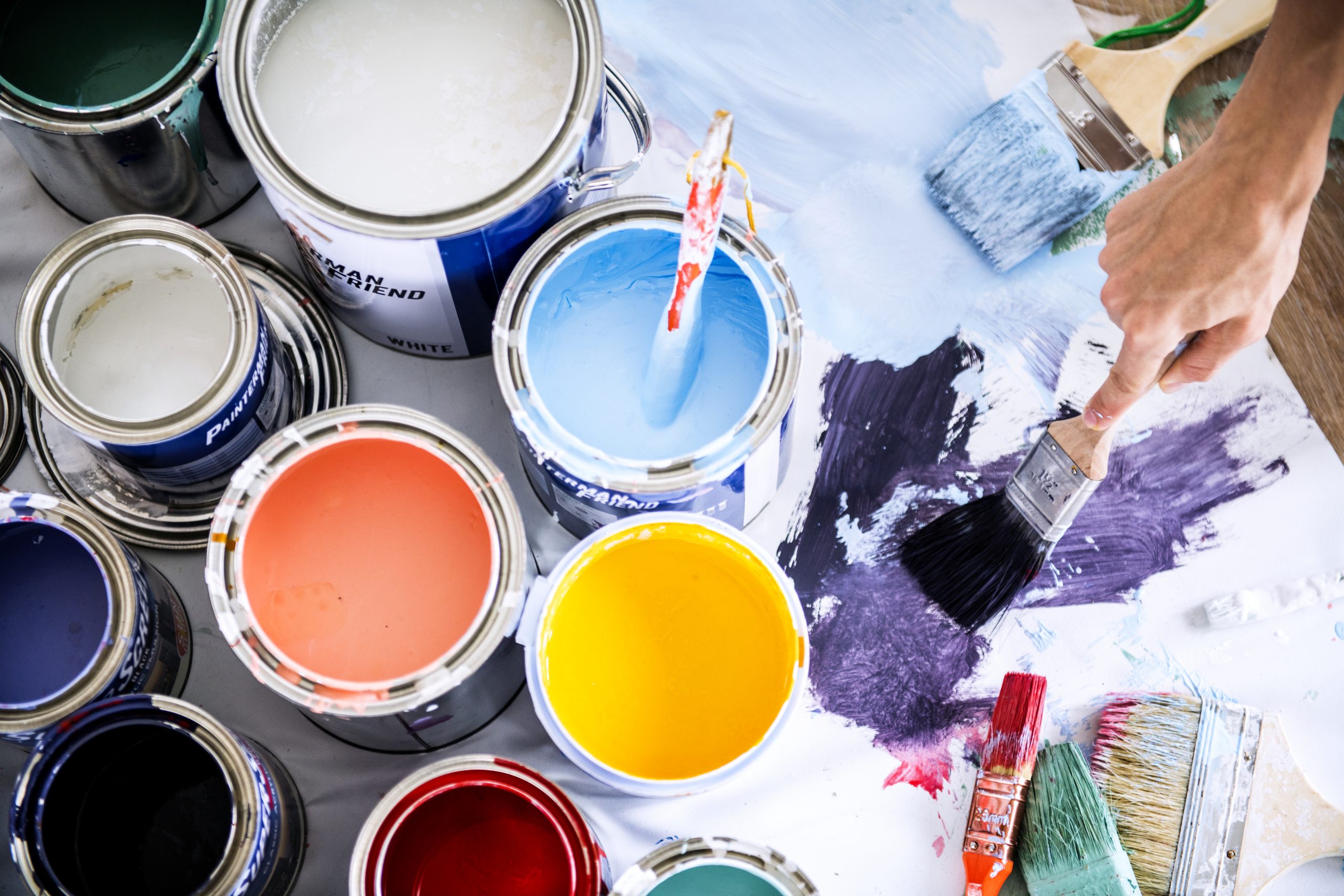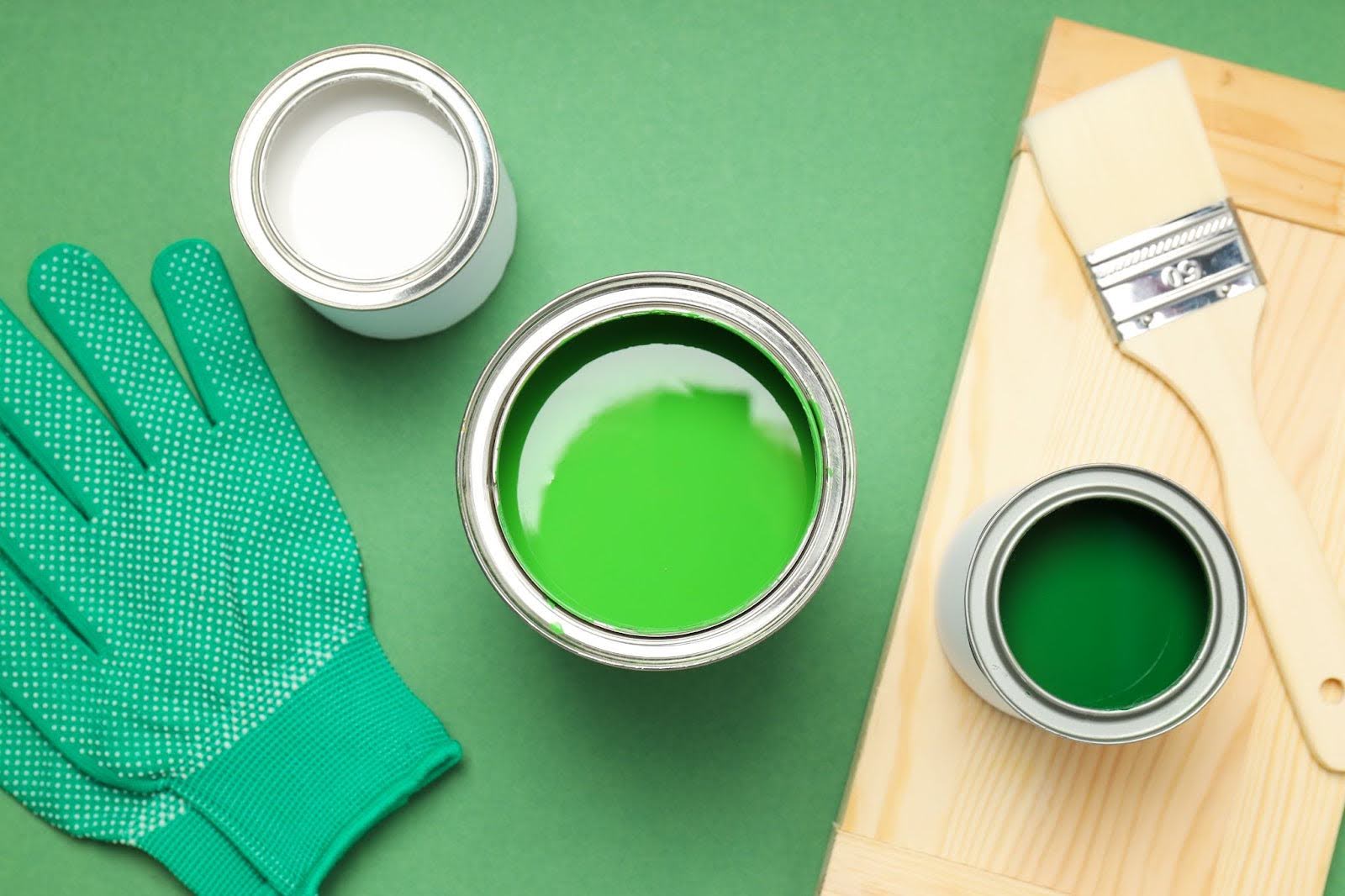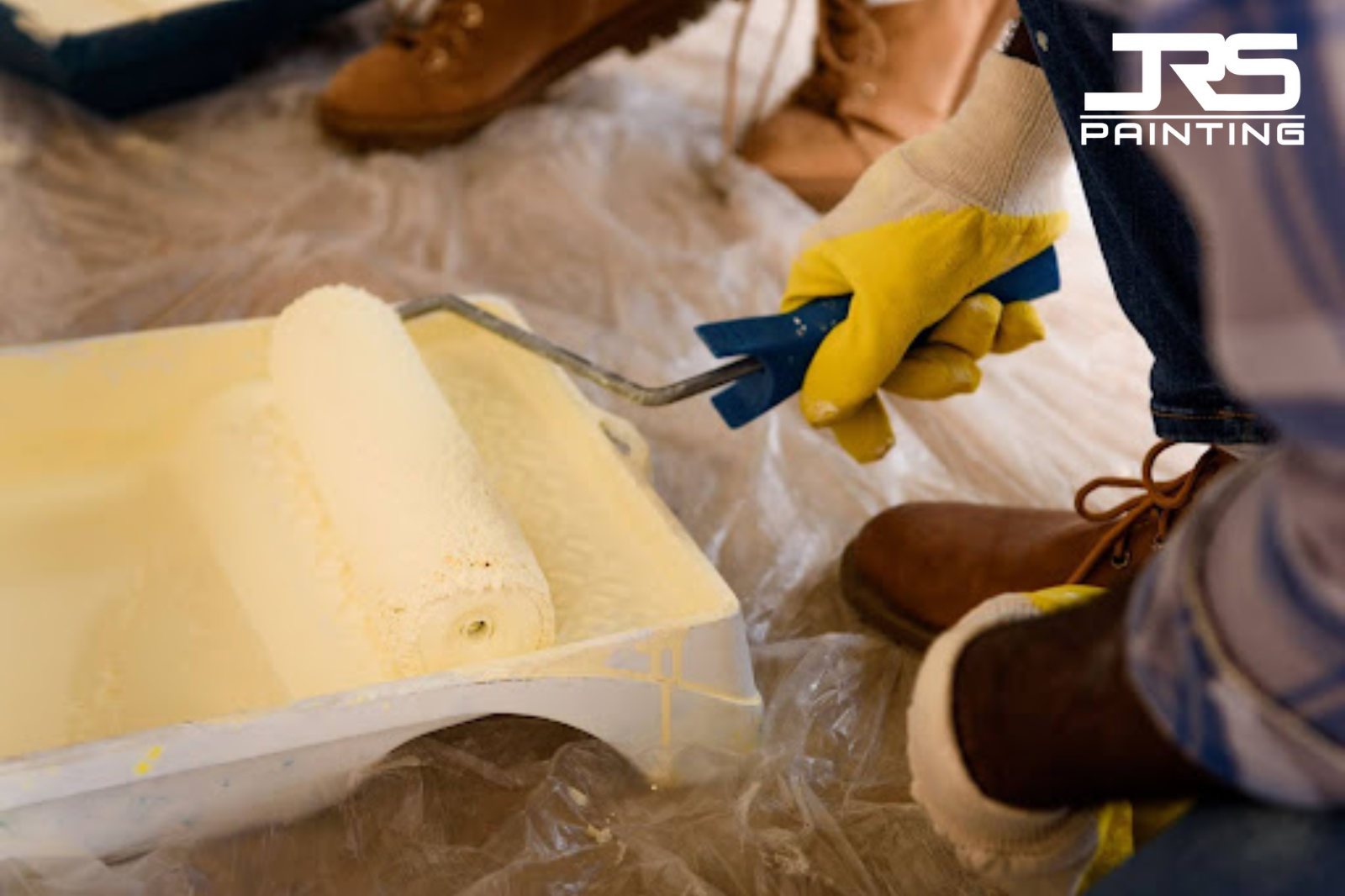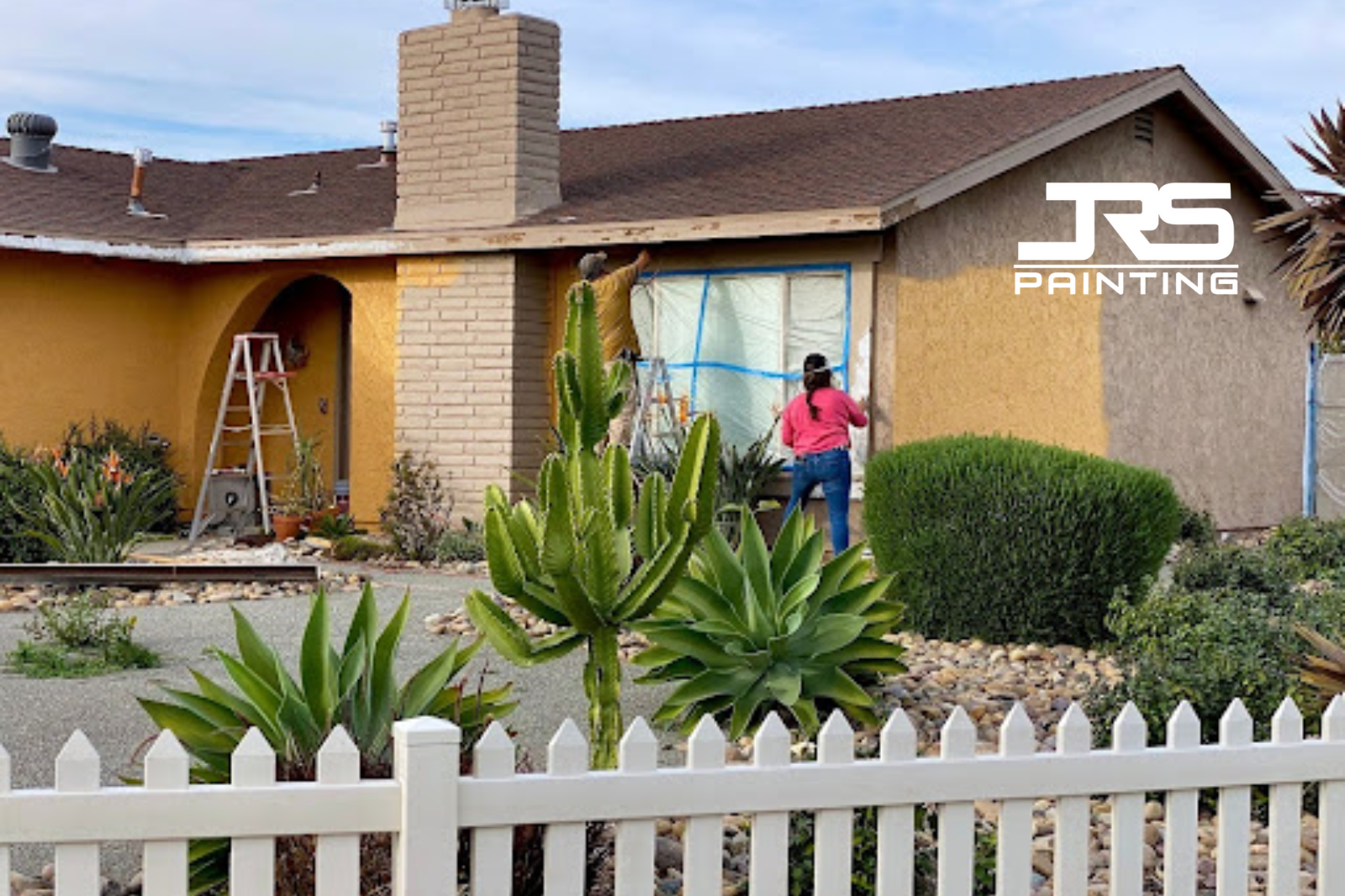
Phoenix's desert climate presents unique challenges for homeowners when it comes to exterior painting. With scorching summer temperatures regularly exceeding 115°F in this heat climate, intense UV radiation, and dramatic temperature swings, choosing the best paint for Phoenix climateisn't just about aesthetics—it's about protecting your investment and ensuring your home looks great year-round.
Arizona's extreme weather conditions demand specialized paint solutions that can handle everything the Sonoran Desert throws at it.
Understanding Phoenix's Climate Challenges
Before diving into paint selection, it's important to understand what makes Arizona's desert climate so demanding for exterior surfaces. The combination of extreme heat, intense sunlight exposure, low humidity, and occasional monsoon storms creates a perfect storm of conditions that can quickly deteriorate inferior paint jobs.
Temperature extremes are perhaps the biggest concern. Phoenix regularly sees temperatures above 110°F for months at a time, with surface temperatures on exterior walls often reaching 140°F or higher. This intense heat causes paint to expand and contract repeatedly, leading to cracking, peeling, and fading if you don't choose the right formulation. During winter months, cooler temperatures create additional thermal cycling that tests paint adhesion.
UV radiation in the desert is relentless. The high altitude and clear skies mean your home's exterior receives nearly year-round intense sunlight that can break down paint molecules and cause rapid color fading. Traditional paints simply can't withstand this level of exposure without significant wear and tear.
Key Features of the Best Paint for Phoenix Climate

When selecting exterior paint for your Phoenix home, prioritize these essential characteristics that make paint suitable for desert conditions.
Heat resistance is absolutely critical. Look for paints specifically formulated to withstand high temperatures without softening, bubbling, or losing adhesion. High-quality latex paints typically perform better in extreme heat than oil-based alternatives because they remain more flexible as temperatures fluctuate.
Superior UV protection should be non-negotiable. The best paints for Phoenix contain advanced UV-blocking additives that prevent the breakdown of paint resins and pigments. These formulations maintain their color integrity and protective properties even after years of intense sun exposure.
Thermal reflectance can significantly impact both paint longevity and your home's energy efficiency. Light-colored paints with high solar reflectance help reduce surface temperatures, reducing thermal stress on the paint film while potentially lowering your cooling costs.
Moisture resistance might seem less important in the desert, but Phoenix's monsoon season brings intense rain and humidity spikes. Quality exterior paints need to handle these moisture fluctuations without allowing water penetration that could cause blistering, peeling, or mold growth. Additionally, paint must resist mildew formation during humid periods.
Dust and debris resistance is crucial in Arizona's desert environment. Frequent dust storms can embed particles into paint surfaces, causing premature wear. Choose paints with smooth, washable finishes that resist dirt accumulation and allow for easy maintenance.
Top Paint Types for Phoenix Homes
100% acrylic latex paints consistently rank as the best choice for Phoenix's climate. These formulations offer excellent flexibility, allowing them to expand and contract with temperature changes without cracking. They also provide superior UV resistance and maintain their protective properties longer than cheaper alternatives. Popular brands like Behr offer specialized desert climate formulations.
Elastomeric paints represent the premium option for Phoenix homeowners. These thick, rubber-like coatings can bridge small cracks and provide exceptional protection against both heat and UV damage. While more expensive initially, elastomeric paints often last significantly longer in desert conditions, making them cost-effective over time.
Ceramic-infused paints are gaining popularity for their exceptional heat reflectance properties. These advanced formulations contain ceramic microspheres that reflect heat away from your home's surface, reducing thermal stress on the paint and potentially lowering cooling costs.
For stucco surfaces, which are common in Arizona homes, consider specialized stucco primers and paints that provide enhanced adhesion and flexibility to accommodate the natural movement of this material in extreme weather conditions.
Color Considerations for Desert Climate

Color selection plays a crucial role in paint performance in Phoenix's climate. Light colors consistently outperform darker alternatives because they reflect more heat and UV radiation. This reflectance reduces surface temperatures and thermal stress, significantly extending paint longevity.
Earth tones and desert-inspired color schemes not only complement Phoenix's natural landscape but also tend to fade more gradually than bold, saturated colors. Consider warm beiges, soft grays, and muted earth tones like terracotta that work harmoniously with the desert environment. Blue accents can provide cooling visual contrast while maintaining good reflectance properties.
Avoid dark colors on south and west-facing surfaces whenever possible. These orientations receive the most intense heat and UV exposure, and dark colors absorb more heat, leading to accelerated paint degradation and potential structural stress.
Satin finishesoffer an excellent balance between durability and appearance for exterior applications, providing better cleanability than flat finishes while avoiding the high gloss that can emphasize surface imperfections on stucco walls.
Application Timing and Techniques
Even the best paint for Phoenix climate won't perform optimally without proper application. Timing is everything in the desert. Plan painting projects for cooler months when possible, ideally between October and April when temperatures are more moderate and humidity levels are lower.
Surface preparationbecomes even more critical in Phoenix's harsh climate. Properly cleaning surfaces with pressure washing to remove dust, dirt, and debris ensures maximum paint adhesion. Use sandpaper to smooth rough areas and apply appropriate primer to create the best foundation for your topcoat. Don't skip the primer step—it's essential for long-term adhesion and longevity.
Professional application makes a significant difference in extreme climates. Experienced painters understand how heat, humidity, and UV exposure affect paint application and curing. They can adjust techniques and timing to ensure optimal results that will withstand Phoenix's challenging conditions. Whether it's a residential or commercial project, proper application technique is crucial for success.
Maintenance and Longevity
The best paint for Phoenix climate requires proper maintenance to achieve its full potential lifespan. Regular cleaning helps remove dust and debris that can degrade paint over time. Consider using a sealant on high-exposure areas for additional protection against moisture and extreme weather conditions.
Expect different lifespans depending on your paint choice and home's exposure. Premium latex paints typically last 7-10 years in Phoenix, while elastomeric coatings can provide 10-15 years of protection. Budget paints often fail within 3-5 years, making them a poor long-term investment.
Plan for touch-ups on high-exposure areas like south and west-facing walls. These surfaces bear the brunt of Phoenix's climate and may need attention before a full repaint is necessary. Regular maintenance helps prevent wear and tear from becoming major issues.
Making the Right Investment
Choosing the best paint for Phoenix climate is ultimately about making a smart long-term investment. While premium paints cost more upfront, they provide better protection, longer longevity, and superior appearance retention. When you factor in the cost of more frequent repainting with inferior products, high-quality paint becomes the economical choice.
Consider your home's specific exposure, your budget, and your long-term plans when making your decision. Think about whether you need a commercial-grade contract for larger properties or multi-building projects. A consultation with experienced local painters can help you navigate the options and choose the perfect paint system for your Phoenix home, complete with landscape considerations for color coordination.
Frequently Asked Questions About Trim and Door Painting
Ready to transform your Phoenix home with paint that's built for the desert?
Professional painters understand the unique challenges of painting in Arizona's desert climate. Jr’s paintinghas the experience and expertise to help you choose the best paint for your specific needs and ensure professional application that maximizes your investment.
Contact us todayto discuss your exterior painting project and receive your free estimate. Discover how the right paint choice can protect and beautify your Phoenix home for years to come. We're committed to delivering exceptional results that stand up to everything the desert can deliver.
Related Articles
Exterior Painting, Residential Painting







